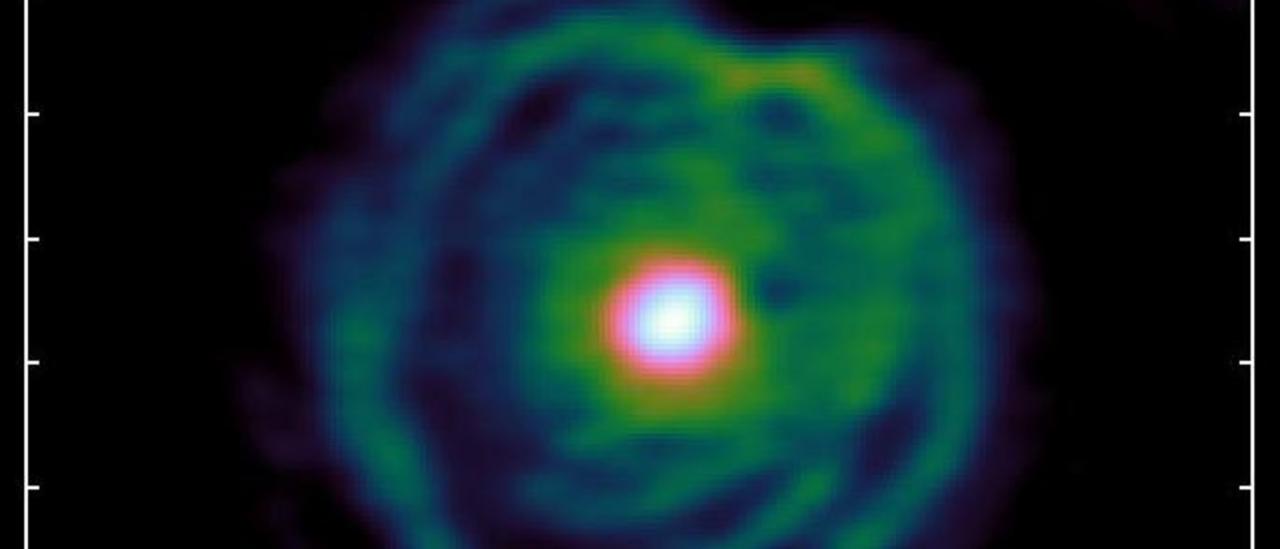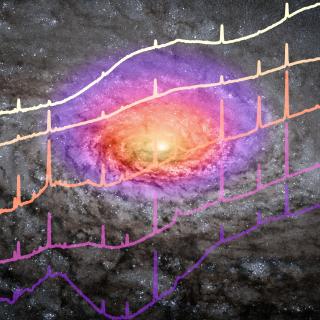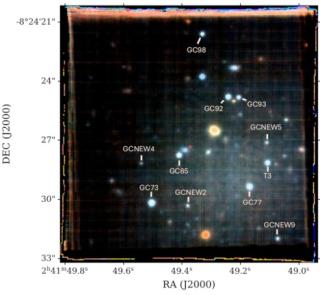Towards the end of their lives some 95% of stars evolve into red giants which lose their mass via a “stellar wind”. Eventually they end up as planetary nebulae, ionized gas with a central hot star, a white dwarf. Here we report ALMA data on massive red giant (asymptotic giant branch, AGB) stars, displaying a spiral structure which show that these stars are not individual and have a binary companion. This offers an alternative explanation to the high rates of mass loss which it was thought were present towards the end of the lives of the most massive AGB stars. We show that these stars lose mass at a much slower rate than previously thought. The stellar wind is not stronger than usual, but it is affected by a companion star which had not been noticed until now, a second star orbiting around the red giant. The fact that this process is slower than expected has a major impact on our understanding of how stars end their lives. As a consequence of this discovery we find that the most massive giant star need a longer time to expel their chemically rich interiors into their environment, which affects the enrichment of the interstellar medium, and therefore the chemical evolution of galaxies.
Red giant spiral-shaped winds: Thanks to new observations from the ALMA telescope in Chile, it became clear that the stellar wind of this red giant forms a spiral. This is an indirect indication that the star is not alone, but part of a binary star.
Advertised on
Authors
L. Decin
W. Homan
T. Danilovich
A. de Koter
D. Engels
L. B. F. M. Waters
S. Muller
C. Gielen
Domingo Aníbal
García Hernández
R. J. Stancliffe
M. Van de Sande
G. Molenberghs
F. Kerschbaum
A. A. Zijlstra
I. El Mellah
References
2019 Nature Astronomy 3 408



